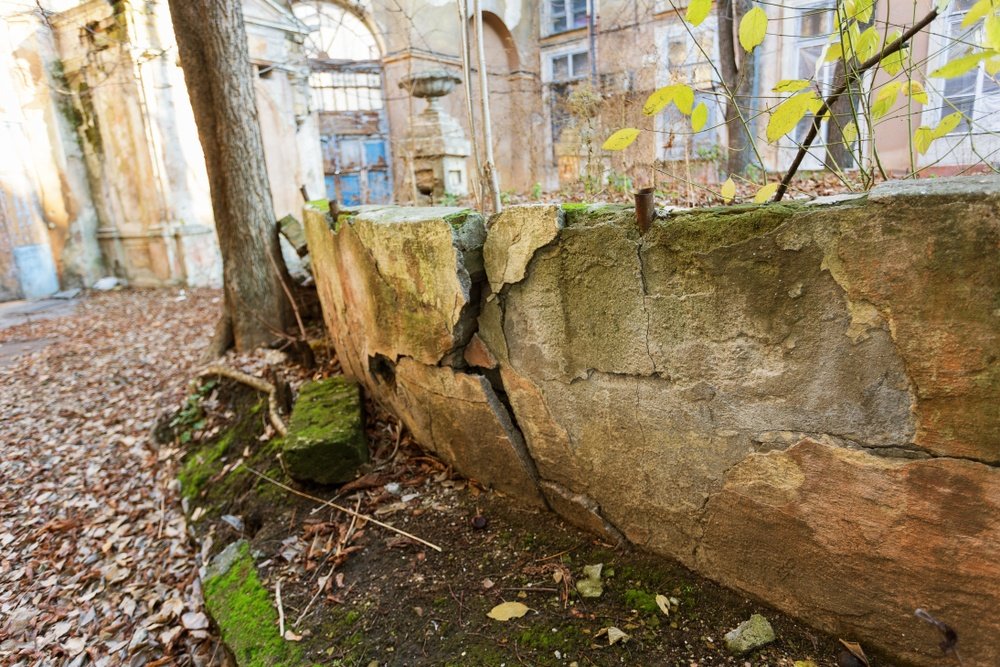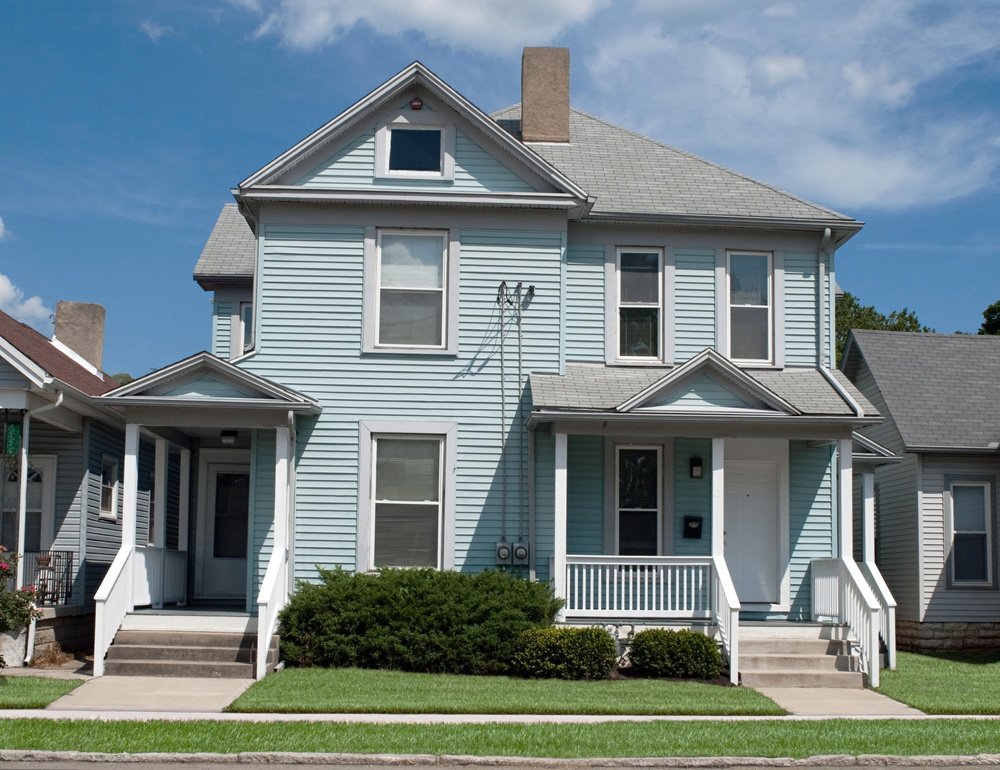The Most Common Types of Foundation Problems For Older Homes
Buying a home is a huge investment, but buying an older home comes with special challenges of its own. One such challenge is the foundation of the home. Newer homes can have foundation problems too, but older homes have different engineering and some of the materials may not have stood the test of time for a variety of reasons. This shouldn’t discourage buyers who want an older home, it’s just something to be wary of and ready for should the home of your dreams need foundation rehabilitation.
How can you tell if an older home has foundation issues? There are a lot of signs, as well as a lot of causes for foundation problems. Some of them are simply wear and tear while others are environmental. Each has its own telltales and levels of urgency, but all of them are important to know, especially if you are investing in an older or antique home.
What is Old?
In the world of real estate, a home is older if it is more than 50 years old, and antique if it is older than the 1920s. Homes of this age predate certain modern technologies such as plastics, and include older materials such as asbestos which are considered hazardous today. Many antique homes have seen settlement, and there are even homes whose foundations are just smooth rocks under the floor. If you are seeking to preserve the antiquity of the home, this limits your options should the foundation need work.
Common Signs of Foundation Problems
Older homes will show signs of foundation wear. However, these are not proof of a foundation problem. They could also be signs of other issues, so if you see them and have doubts, call an expert to inspect.
- Cracks in the concrete – This could just be the concrete aging or it could be an indication of a problem. Hairline cracks, for example, are not a foundation issue, but cracks wider than ¼ inch could be a real problem. Cracks should always be filled in to keep out pests, but can hint at something bigger down the line.
- Doors and windows – Signs of foundation trouble can most be seen around doors and windows. Stress around the frames, especially at the top, can be an indicator of foundation trouble. Doors and windows that won’t open or close properly also might mean the foundation needs some work.
- Floors and Supports – Foundation problems seem most obvious when floors, support beams, and load-bearing walls show signs of wear. Floors that are uneven or supports that are cracking and crumbling are often a huge red flag for foundation problems.

Common Causes of Foundation Problems
Foundation problems aren’t always about the foundation weakening. While the cause can be the foundation aging, many times, the source of the mischief comes from outside the house.
- Roots – Trees can grow a lot in 50-100 years, and root systems can pose a huge threat to the foundation of a home. Some trees have wide-ranging root systems, meaning that a tree that was a sapling on a lot across the street when the home was first built could be threatening the home today. There are solutions to this, but they can be costly, especially if you are dealing with an old, well-established tree.
- Ground swelling – The ground swells due to moisture and other weather elements. Soil that is porous might expand and contract depending on how saturated it is. Another way the ground swells is by settling, which is when the foundation sinks into the ground as it becomes more porous.
What To Do
If you suspect a home you want to invest in has foundation problems, it is time to talk to experts. There are a few experts you can bring in to help with this, but always get multiple opinions.
- Hire a structural engineer – This professional can inspect a home and determine if the foundation needs rehabilitation. They can also draw up a plan to accomplish this. Structural engineers are trained in examining the environment and the materials around the home.
- Potential costs depend on how extensive the repairs are. – Filling in the cracks can cost around $3,500, but a full replacement can cost $50,000. While you might be able to factor this cost into your negotiations for the sale price of the home, sellers usually won’t do the work themselves.
Should You Buy an Older Home?
With all of this in mind, a Pinnacle Foundation Repair issue might scare a potential buyer away. However, this can have plus sides to it. Since there are fewer buyers, this means there is a lot of room to negotiate on the home. There are also other areas where buyers can save, such as using a wholesale crew to do the job. Smart investors can look at an older home with foundation problems as an investment opportunity as well. Often even a cosmetic repair can elevate a resale price, so rehabilitating the foundation in an older home can renew a home’s possibilities.

Older homes are not just quaint oddities. They can have beautiful architecture, stable construction, and many memories, both past and yet to be. Foundation problems in an older home need not necessarily preclude their purchase. If you are careful and follow the above tips, even an older house with a foundation problem can become your dream home, or your best investment!


